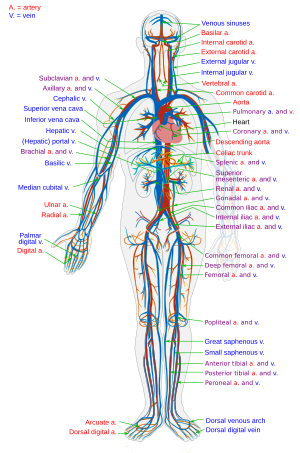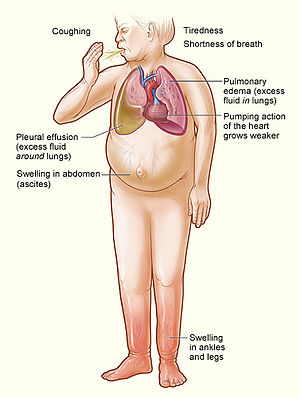Most deaths from cancer come after the primary tumor has been treated—usually with some combination of surgery and chemo or radiation—when stray cancer cells from the tumor escape and spread to other parts of the body (metastasis).

Since not all cells from cancer tumors behave the same way or have the same DNA, researchers have been looking for a way to study single cells. The problem was separating them. Now this new nanoparticle approach uses magnets to detect whether cells are growing, dividing or dying. It spins the cells in a magnetic field where each type rotates at a different speed. Larger, dying or dividing cells rotate more slowly and in specific patterns. so they can be separated into a group of single cells. Thus the researcher can focus on investigating the behavior of those particular cells.
One of the big promises of this approach is that scientists may now be able to test drugs on just the cells themselves instead of on the entire human organism—thus avoiding some of the worst side effects for patients. And, instead of throwing everything they have at the patient in hopes of affecting the disease, doctors can work with the cells and then with greater confidence prescribe medicine they’ve been able to test as working best for this individual person.
What a blessing for cancer patients this will be.




















